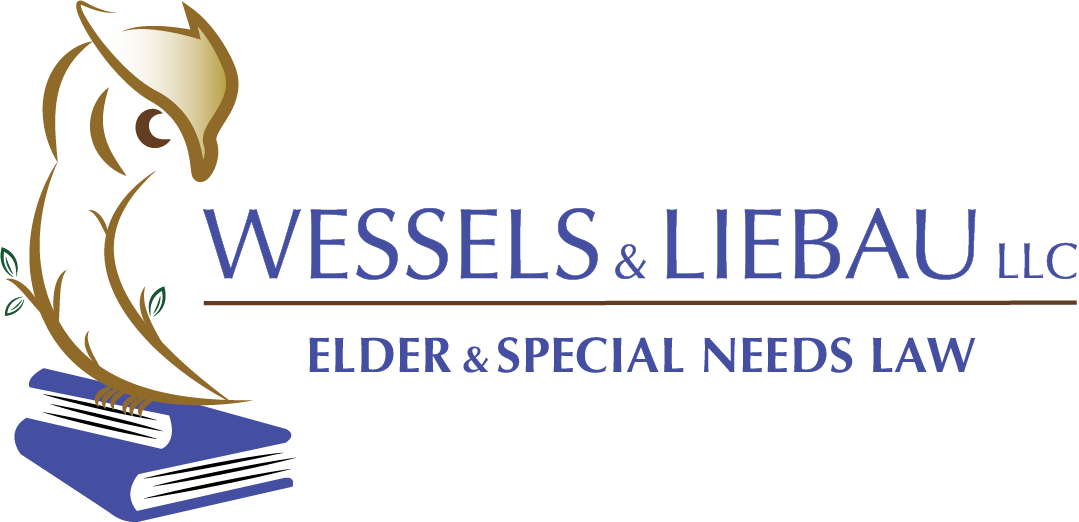What is a Revocable Trust and How Does it Work?
A revocable trust is a legal document that allows the grantor (the person who creates the trust) to transfer their personal assets to the ownership of the trust during their lifetime, or upon their death. The trust is called “revocable” because the grantor can change or cancel the trust at any time during their lifetime. A revocable trust can be created by a single person, a married couple, or non-married people acting together.
Important Terms: “Grantor” – this is the person who creates the trust and puts assets into the trust. “Trustee” this is the person who manages the trust assets and is responsible for distributing them to the beneficiaries at some point. The trustee and the grantor are often the same person as long as the grantor is alive and not incapacitated. “Beneficiary” this is the person or persons, or organization, who benefit from the assets in the trust or who will ultimately receive them for themselves when the trust ends. More detail on these terms is in the following paragraphs.
The trust is managed by a trustee, who is selected by the grantor. In the revocable trust estate planning that we do in our office, typically the grantor acts as the trustee while they are alive, and the grantor also selects someone to act as trustee after the grantor’s death or incapacity. The trustee could also be a family member, a trusted individual outside of the family, or in complex cases involving larger trusts, a financial institution or professional trustee. The trustee is responsible for managing the assets in the trust and distributing them to the beneficiaries according to the grantor’s instructions.
Beneficiaries are the people or organizations who benefit from the trust. Normally during the life of the grantor, the grantor is the beneficiary. In other words, any assets in the trust are to be used for the benefit of the person or persons who created the trust. Putting the above three paragraphs all together, this means it is totally normal for the grantor, the trustee, and the beneficiary of a revocable trust to all be the same person – the person who is our client – at least while that person is alive.
The grantor will also select beneficiaries to receive assets after the grantor’s death, and these could be anyone the grantor chooses, whether people, organizations, charities, or even pets (with certain strings – or should we say leashes – attached.)
After the death of the grantor(s), the people or organizations designated in the trust to receive the assets may simply receive them outright, or may receive them in trust, where they continue to be managed by a trustee. Holding assets in trust may be important where the beneficiary is a minor child, a grandchild, a person with a disability, or a person with creditors or money management concerns.
One of the primary benefits of a revocable trust is that it allows the grantor to avoid probate court, which is the legal process of distributing assets of a will through a court case. Probate can be a lengthy and expensive process, and it can also be a public process, which means that anyone can access the information about the estate. A revocable trust, on the other hand, is a private document, and the distribution of assets is handled outside of the court system. Importantly, in order to meet the goal of avoiding probate, all of the grantor’s assets need to be connected to the trust. While our office typically handles the real estate end of this process, it is normally “homework” for the grantor(s) to go to the bank and investment brokerage and change the accounts according to instructions we will give, so that they are connected to the trust. (We can help with that too if needed.) If this important homework is not done, a probate could still be needed to get the assets “into” the trust after the grantor dies. The way we explain this is: creating a trust without connecting your assets to it is like buying a very fancy chandelier but not connecting the electric wiring to it. It won’t work the way you wanted it to.
Another benefit of a revocable trust is that it provides the grantor with more control over their assets. The grantor can specify how their assets should be distributed after their death, and they can also specify how their assets should be managed if they become incapacitated. This can be especially important for individuals who have complex family situations, minor children, children with disabilities, or who want to ensure that their assets are distributed in a specific way.
However, there are also some disadvantages to a revocable trust. One of the main disadvantages is that it does not provide any tax benefits. Similarly, assets in a revocable trust are still counted as the assets of the grantor (s), if applying for Medicaid. Additionally, the grantor is still required to have a will, which can be used to distribute any assets that were not transferred to the trust, or to deal with unplanned situations. For example, if the grantor dies as the result of an accident, it may be necessary to open a probate to pursue any claims related to that accident.
Another disadvantage of a revocable trust is that it is more expensive to set up than a will. The grantor will need to transfer their assets to the trust, which can involve additional legal and administrative fees. That being said, the cost of probate – if a trust is not used – is typically more than the cost of setting up the trust in the first place. The difference is that in probate, the beneficiaries pay the costs since the person is already deceased. With a revocable trust, the grantor pays the costs of setting it up, thus saving costs for the beneficiaries down the road.
Something that is a reality, but not a disadvantage, is that administering the trust does take time. Even though it is typically less “public” than a probate, after the death of the grantor, assets still need to be collected, bills paid, and then ultimately the remaining assets distributed (handed out) to the beneficiaries. This does take time and organization. Our firm can help with this process called “trust administration.”
Additionally, a trust is not just a “one and done” estate plan. The grantor may need to update the trust if their situation changes, or if they want to change the distribution of their assets. We typically recommend that our clients have their plans reviewed every five years, or sooner in the case of death, disability, or divorce. But this same thing is true of all estate plans. They should be regularly reviewed.
If you have other questions, do not hesitate to schedule an appointment to discuss.




